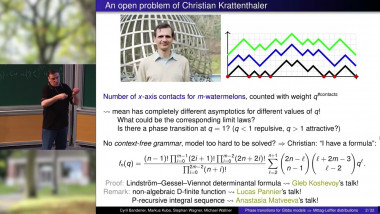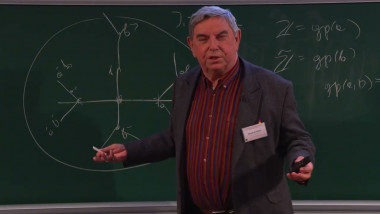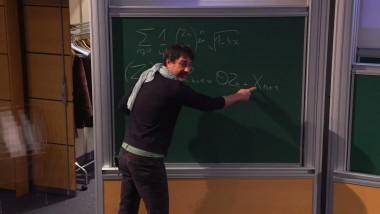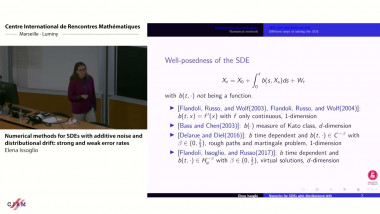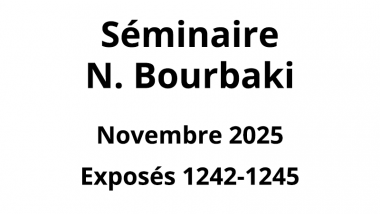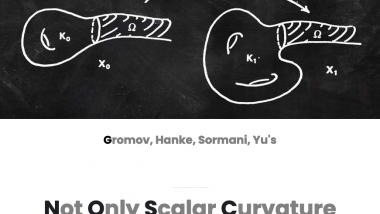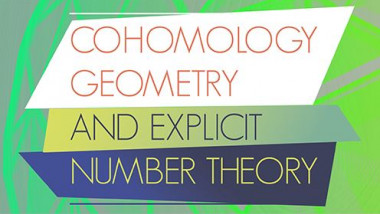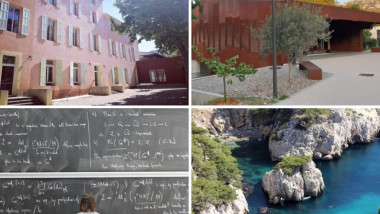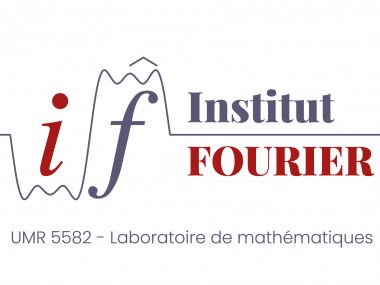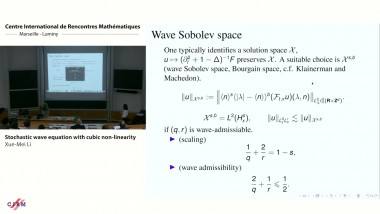Appears in collection : Multifractal analysis and self-similarity / Analyse multifractale et auto-similarité
In this talk, we adopt the viewpoint about fractional fields which is given in Lodhia and al. Fractional Gaussian fields: a survey, Probab. Surv. 13 (2016), 1-56. As example, we focus on random fields defined on the Sierpiński gasket but random fields defined on fractional metric spaces can also be considered. Hence, for $s \geq 0$, we consider the random measure $X=(-\Delta)^{-s} W$ where $\Delta$ is a Laplacian on the Sierpiński gasket $K$ equipped with its Hausdorff measure $\mu$ and where $W$ is a Gaussian random measure with intensity $\mu$. For a range of values of the parameter $s$, the random measure $X$ admits a Gaussian random field $(X(x))_{x \in K}$ as density with respect to $\mu$. Moreover, using entropy method, an upper bound of the modulus of continuity of $(X(x))_{x \in K}$ is obtained, which leads to the existence of a modification with Hölder sample paths. Along the way we prove sharp global Hölder regularity estimates for the fractional Riesz kernels on the gasket. In addition, the fractional Gaussian random field $X$ is invariant by the symmetries of the gasket. If time allows, some extension to $\alpha$-stable random fields will also be presented. Especially, for $s \geq s_0$ there still exists a modification of the $\alpha$-stable field $\mathrm{X}$ with Hölder sample paths whereas for $s< s_{0}$, such modification does not exist. This is a joint work with Fabrice Baudoin (University of Connecticut).
